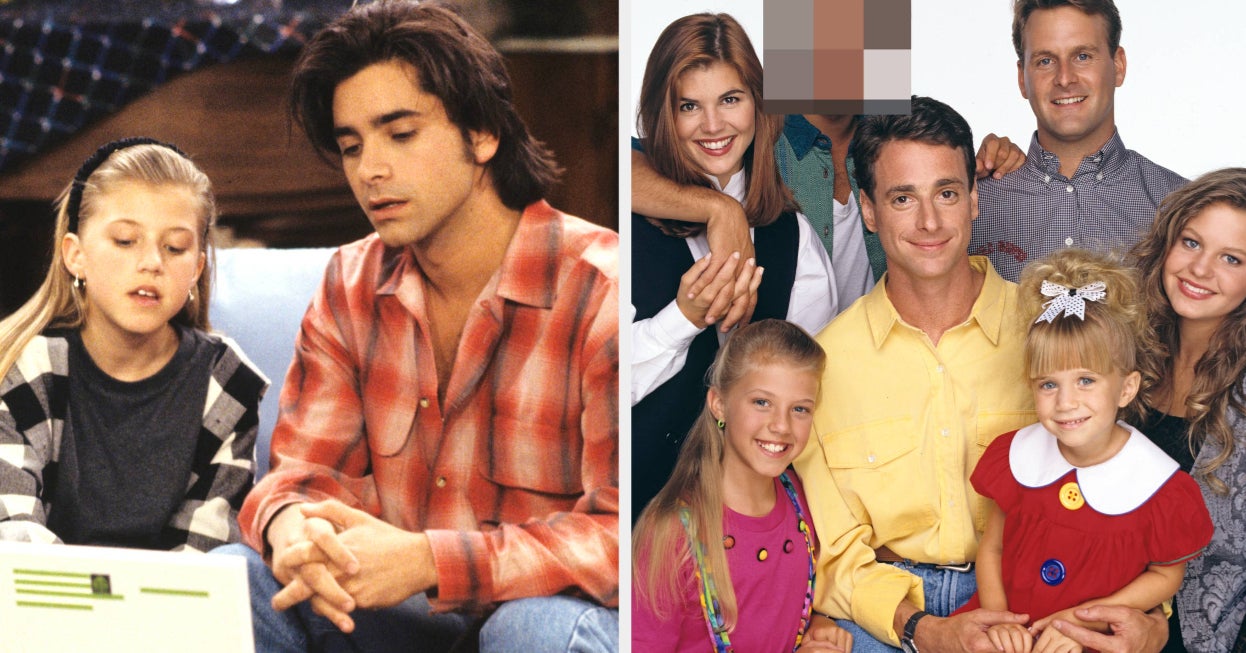Nato allies are struggling to secure sufficient air defence systems to meet Ukraine’s demands for additional support, western officials have admitted, as Kyiv pleas for greater protection from Russian missile attacks.
Ukraine has identified the procurement of air defence systems from the west so it can shoot down rockets, aircraft and armed drones as its top priority, in the wake of Monday’s mass barrage of its big cities that killed at least 10 civilians.
Germany this week shipped the first of four Iris-T air defence systems to Ukraine, while US president Joe Biden pledged to continue providing “advanced” air defence following talks with Ukraine’s leader Volodymyr Zelenskyy in the aftermath of Monday’s attacks.
Officials from almost 50 countries met in Brussels on Wednesday to co-ordinate how to keep meeting Kyiv’s need to protect its citizens and troops from Russian attacks.
Attendee countries have pledged to provide Ukraine with close to $40bn in weapons and defence funding since February when Russia’s president Vladimir Putin launched his full invasion of the country. Zelenskyy on Tuesday urged G7 leaders to speed up supplies and help create an “air shield” for Ukraine.
“It’s certainly not a question of lack of will,” US defence secretary Lloyd Austin said on Wednesday, when asked at a press conference why allies were not sending air defence systems faster. “Countries will do whatever they can, if they can to generate additional capabilities.”
He pointed to the US and German pledges to send air defence technology and said some countries had volunteered to send ammunition for the US system.
General Mark Milley, chairman of the US joint chiefs of staff, said at the same press conference that Washington had asked allies to commit to providing systems from their stockpiles, including older air defence technology.
He called on the countries represented at the conference to “chip in, and help [Ukraine] rebuild and sustain an integrated air and missile defence system, specifically older systems.” He said this would “take a little bit of time”.
Ukraine had specifically asked for the cold war era medium-range Hawk missile defence system, Milley said, suggesting some countries had Patriot systems they could contribute and singled out Israeli air defence as a possible option.
Israeli officials are unlikely to support that given their desire to maintain good ties with Russia, which allows the country to operate freely in Syria.
Western officials have agreed on the need for more air defence systems and are looking to help, but sourcing them quickly has been challenging. The US and other western powers were working to locate systems that could be moved, two senior western officials said, in the face of production shortages in the west and stretched inventories.
“Countries have already provided some, but there is a shortage of production capacity,” said one of the officials who declined to be identified given the sensitivity of the talks. The person added that some Nato members themselves were facing years of delays for their own air defence platforms.
Nato countries including Poland and the UK have provided air defence platforms to Ukraine since February, from handheld missile launchers to more complex truck-mounted systems. This has created a patchwork network of protection alongside Ukraine’s own post-Soviet systems such as the S-300.
The US has promised to deliver two platforms of its National Advanced Surface-to-Air Missile System (Nasams) in the next two months, as well as six more that will arrive over the longer term, officials have said.
While Ukraine’s existing systems were able to shoot down 41 of the more than 80 missiles Russia fired at its cities on Monday, officials and analysts have said there are not enough to protect civilian centres and troops on the front line from Russian attacks.
“Allies have provided air defence, but we need even more. We need different types of air defence . . . different systems for different tasks,” Nato secretary-general Jens Stoltenberg said on Wednesday.
He continued: “Ukraine is a big country [with] many cities. So we need to scale up to be able to help Ukraine defend even more cities and more territory against horrific Russian attacks against their civilian populations.”


























































![Mason Ramsey – Twang [Official Music Video] Mason Ramsey – Twang [Official Music Video]](https://i.ytimg.com/vi/xwe8F_AhLY0/maxresdefault.jpg)



















